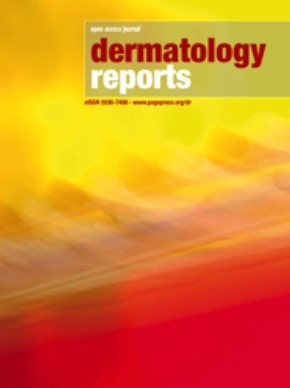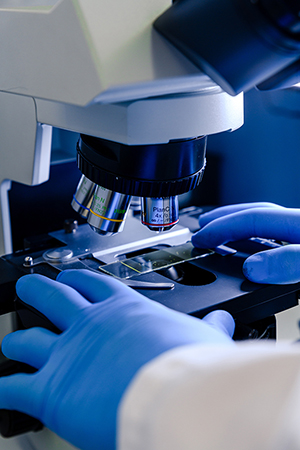Efficacy of a topical polyphenol-based formulation in palmoplantar psoriasis: an observational study
All claims expressed in this article are solely those of the authors and do not necessarily represent those of their affiliated organizations, or those of the publisher, the editors and the reviewers. Any product that may be evaluated in this article or claim that may be made by its manufacturer is not guaranteed or endorsed by the publisher.
Authors
This single-arm observational study evaluated the efficacy and safety of a novel topical formulation containing a complex mixture of polyphenols (CMP) – a proprietary blend rich in oleocanthal and oleuropein aglycone (each >60%), along with hydroxytyrosol and other extra virgin olive oil (EVOO)-derived polyphenols – combined with triticum vulgare germ (TVG) oil, betaine, propanediol, and tocopheryl acetate in patients with mild palmoplantar psoriasis (PPP). Twenty participants (aged 20-55) applied the formulation twice daily for 8 days, with assessments conducted on days 0 (baseline), 5, and 8. Participants underwent a 60-day follow-up to assess the durability of benefits and potential late-onset adverse events. Clinical evaluations measured lesion extent, keratinization, inflammation, desquamation, and infiltration. A patient-reported questionnaire evaluated quality of life (QoL) and symptom burden. By day 8, the mean lesion extent had decreased by approximately 40%, inflammation had improved by about 50%, and desquamation had resolved fully in most cases. Patient-reported outcomes improve alongside clinical measures. At day 60, these improvements persisted in 85% of participants, and no adverse events emerged. The formulation’s mechanism of action is hypothesized to involve the concerted antioxidant and anti-inflammatory activities of polyphenols (oleocanthal, oleuropein aglycone, and hydroxytyrosol) in synergy with TVG oil’s supportive lipid matrix and other excipients. These findings suggest that EVOO-derived polyphenols formulated in TVG oil may serve as a valuable adjunct for managing PPP with good tolerability and sustained benefits.
How to Cite

This work is licensed under a Creative Commons Attribution-NonCommercial 4.0 International License.








